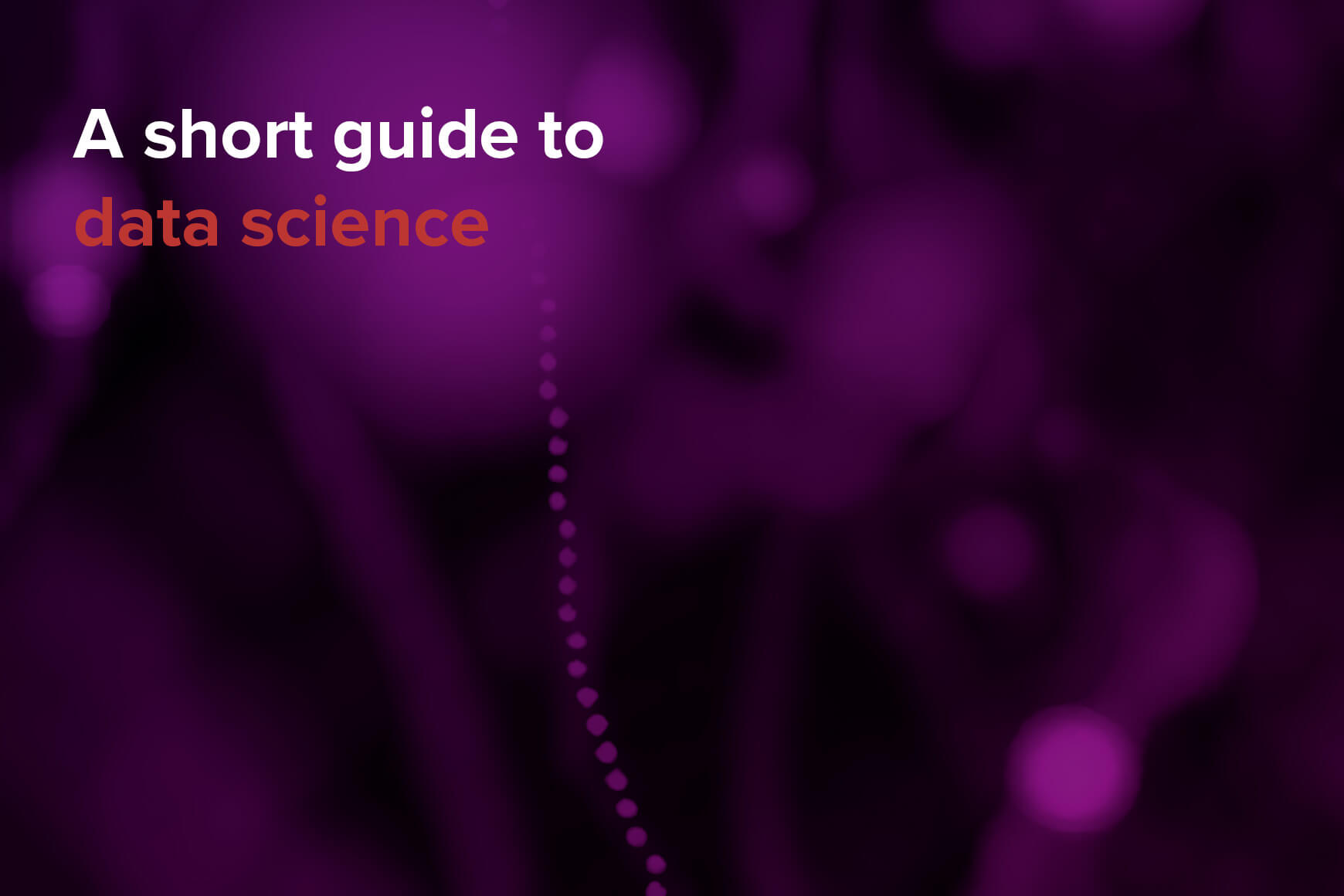What is Data Science? or How to explain data science to your grandma?

Despite being one of the most hyped-up job titles of the 21st century, explaining what a data scientist actually does so that your grandma would understand can often be challenging. There is still a vast proportion of the population out there that have never even heard this term before.
Whether you are an aspiring data scientist or someone whose job description still said ‘statistician’ a few years back now, here is a short guide with examples on how to explain data science to your grandma:
1. A data scientist looks at data and asks questions
Duh.
Data can come in various forms. They can be a record of every time you used your credit card to buy something in a shop or a table of the daily electricity consumption of a whole city. Ideally, the job of a data scientist is to extrapolate knowledge from the data he/she is given.
2. Data scientists use computers to be able to do this both on a large and small scale
Data scientists use various tools to extract this knowledge. These can be relatively basic mathematical calculations, which could theoretically be done by hand. However, most of the time the data scientist will deal with such a large amount of information to answer questions that without the computing power available to humans today, it would take a lot of time and people to perform the job.
3. In the future, data scientists will work in almost every industry
Without a lot of people fully realising this, data science is already a major part of our lives. Every time you shop online, you hand over information about your preferences to the vendor. Ever wondered why your Facebook is advertising a case for the camera you bought last week? Ask their Data Science team… In the future, this will only intensify, and data-generated insights will change virtually every industry. Medicine, sports, automotive, you name it.
4. The knowledge a data scientist generates can be used for and against you
Insights gained from data can be used to target voter groups and manipulate them (we are looking at you, Donald Trump), but also to your advantage. For example, our very own instalment detector helps banks recognise when you have taken out loans from multiple institutions. As a result, they can make you a better offer to consolidate them, save you a lot of money, and in return, increase their profit!
Need help with your Data Science project? Get in touch with us for a free consultation.